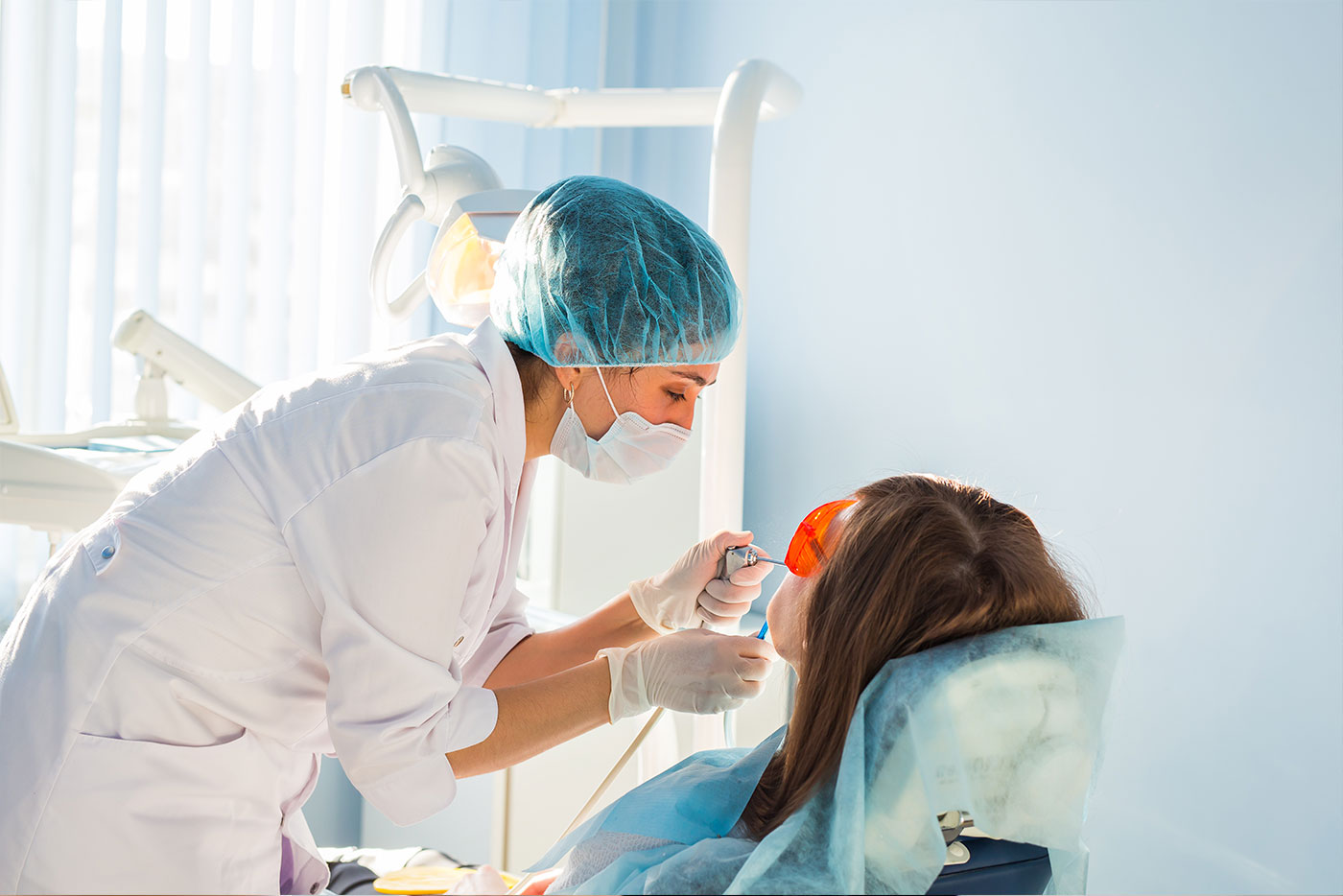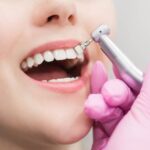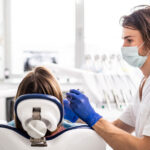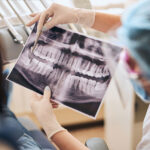Nobody ever likes getting their teeth pulled. But sometimes, it is the only option left to restore and maintain one’s oral health. A dentist will only ever recommend a tooth extraction in situations where your teeth are either overcrowded or so overly damaged that there is no safer alternative left. However, you can rest assured that all necessary precautions will be taken to ensure that the procedure is as comfortable as it can be.
What To Expect During The Procedure
Getting your tooth pulled can be quite nerve wracking, especially if you don’t know what to expect. The procedure is quite simple and involves 3 simple steps: numbing the tooth, extracting it and then filling in the gap.
Numbing The Tooth
The truth is that getting a tooth pulled can hurt. However, dentists usually administer local anaesthetic to diminish the pain. In some situations, the complexity of your extraction might require different levels of anaesthetic. Depending on your requirements, you may either receive local anaesthetic, sedation or general anaesthetic.
In most cases, a topical numbing gel is first applied to the gums, after which a local anaesthetic is injected into the area. Local anaesthetic is usually preferred for simple extractions and the patient will remain awake during the procedure.
Sedation is used for more complicated extractions and is preferred for when the patient has higher levels of dental anxiety. The sedative can be administered through nitrous oxide or injecting an IV line in the arm. This sedative will make you feel slightly drowsy and relaxed. You will still remain awake for the procedure, albeit you will have minimal memory of it as your consciousness will be suppressed.
General anaesthesia is preferred only in special situations as the patient will lose consciousness and will remain asleep during the procedure. It is usually administered by inhalation through your nose or an IV line in the arm. During the procedure, the patient’s vital signs will be monitored diligently.
Extracting The Tooth
Once the tooth and gums have been numbed, it is time to extract the tooth. For simple extractions, forceps are used to rock the tooth back and forth till it slides out of the socket. In more complex cases, such as an impacted tooth — that is, a tooth embedded in the gum line — a small incision will be made into the gums to extract the tooth bit by bit.
Usually, you will not experience any major pain during the procedure, thanks to the earlier numbing. The numbing reduces the sensation of pain in your gums, but you may still experience movement and some slight pressure as the tooth is being loosened and removed. It is also normal to hear a snapping or creaking sound as both the tooth and socket are made up of hard tissues.
Sealing The Gap
After extraction, the dentist washes out your socket and removes any remaining fragments of tooth and bone. After this, the gap will need to be sealed to avoid exposing the nerve or having food particles getting stuck there. In cases of an impacted tooth or several teeth being removed at once, the area will be stitched up. Biting down on gauze will be recommended to minimise bleeding and an ice pack will be used to prevent swelling.
What To Expect After The Procedure
While pain isn’t usually felt during the procedure, the aftermath of a tooth extraction can be really painful if proper aftercare steps aren’t followed.
After extraction, you’ll most likely experience some tenderness and discomfort in the area for 1–3 days. For simple extractions, your dentist will usually recommend taking over-the-counter medication to alleviate discomfort. More complex procedures might require prescriptions for stronger medication.
Your dentist will also suggest self-care measures such as applying an ice pack on the cheek to reduce swelling, getting plenty of rest, eating soft and cold foods for the next few days, and using warm compresses and a saltwater mouth rinse starting 1-day post-surgery.
How To Best Prepare Yourself
Before your extraction, it is important to prepare yourself mentally and physically. Make sure you are well informed about the procedure so you can calm yourself down and avoid any surprises.
In the lead-up to the procedure, it is generally recommended to avoid eating anything in the 12 hours before the surgery. This helps prevent nausea during and after the extraction. You should also avoid smoking 12 hours before and 24 hours after the surgery, since it can slow down your healing process and lead to more serious medical problems, such as dry sockets. This usually occurs when the blood clot in the extraction socket hasn’t formed or gets dislodged, exposing the bone.
The Bottom Line
It all comes down to feeling prepared and ready for the procedure. It is important that you sit down with your dentist and discuss your options so that you are well aware of what you will be getting into. If you are feeling apprehensive, your dentist will be able to appropriately choose the right anaesthetic and can recommend the right aftercare solutions to ensure you get through the process comfortably.















